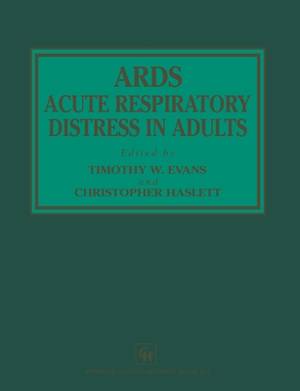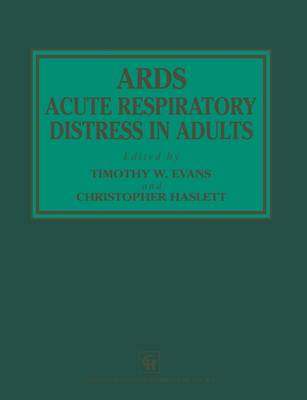
- Afhalen na 1 uur in een winkel met voorraad
- Gratis thuislevering in België vanaf € 30
- Ruim aanbod met 7 miljoen producten
- Afhalen na 1 uur in een winkel met voorraad
- Gratis thuislevering in België vanaf € 30
- Ruim aanbod met 7 miljoen producten
Zoeken
Omschrijving
Great progress has been made since the first description of the acute respiratory distress syndrome by the Denver group in 1967 (Lancet). Although we introduced the term 'adult respiratory distress syndrome' in our second and more detailed description of the syndrome (ehest, 1971), this was probably amistake for the simple reason that children also suffer the same syndrome fo11owing acute lung insults. Today, the syndrome of acute respiratory distress in adults (ARDS) is recognized as a worldwide problem, but the prevalence of disease varies in different parts of the world. A huge amount of research has focused on the mechanisms of acute lung injury and yet the exact sequence of events and media tors in inflammatory cascade, which result in acute respiratory failure from ARDS, is not known but many possibilities exist. The definition of ARDS has been gradua11y modified in recent years and investigators around the world are now co11aborating in order to establish more uniform concepts in identification, risk factors and mechanisms of lung injury, which someday will result in improved approaches to management. Already, at least some centers are showing improved outcomes in ARDS, achieving an approximate 60% survival rate. In the past, most large series documented only about a 40% survivability taking a11 causes of ARDS. This apparent progress is likely attributable to more meticulous and disciplined care than any specific pharmacologic attack on the basic mechanism resulting in ARDS.
Specificaties
Betrokkenen
- Auteur(s):
- Uitgeverij:
Inhoud
- Aantal bladzijden:
- 544
- Taal:
- Engels
- Reeks:
Eigenschappen
- Productcode (EAN):
- 9780412569104
- Verschijningsdatum:
- 1/01/1996
- Uitvoering:
- Paperback
- Formaat:
- Trade paperback (VS)
- Afmetingen:
- 198 mm x 254 mm
- Gewicht:
- 1528 g

Alleen bij Standaard Boekhandel
+ 167 punten op je klantenkaart van Standaard Boekhandel
Beoordelingen
We publiceren alleen reviews die voldoen aan de voorwaarden voor reviews. Bekijk onze voorwaarden voor reviews.











